Researchers have long understood that, about 25 million years ago, our ancient ancestors had long, waving tails. However, around that time something happened, a kind of genetic tweak, that prevented the future development of tails.
Even though scientists have conducted extensive research on this phenomenon, they still have quite a few questions as to why we evolved without tails. Though they believe they have figured out that this gene tweak has directly led to an extremely common birth defect.
The Evolution of Humans
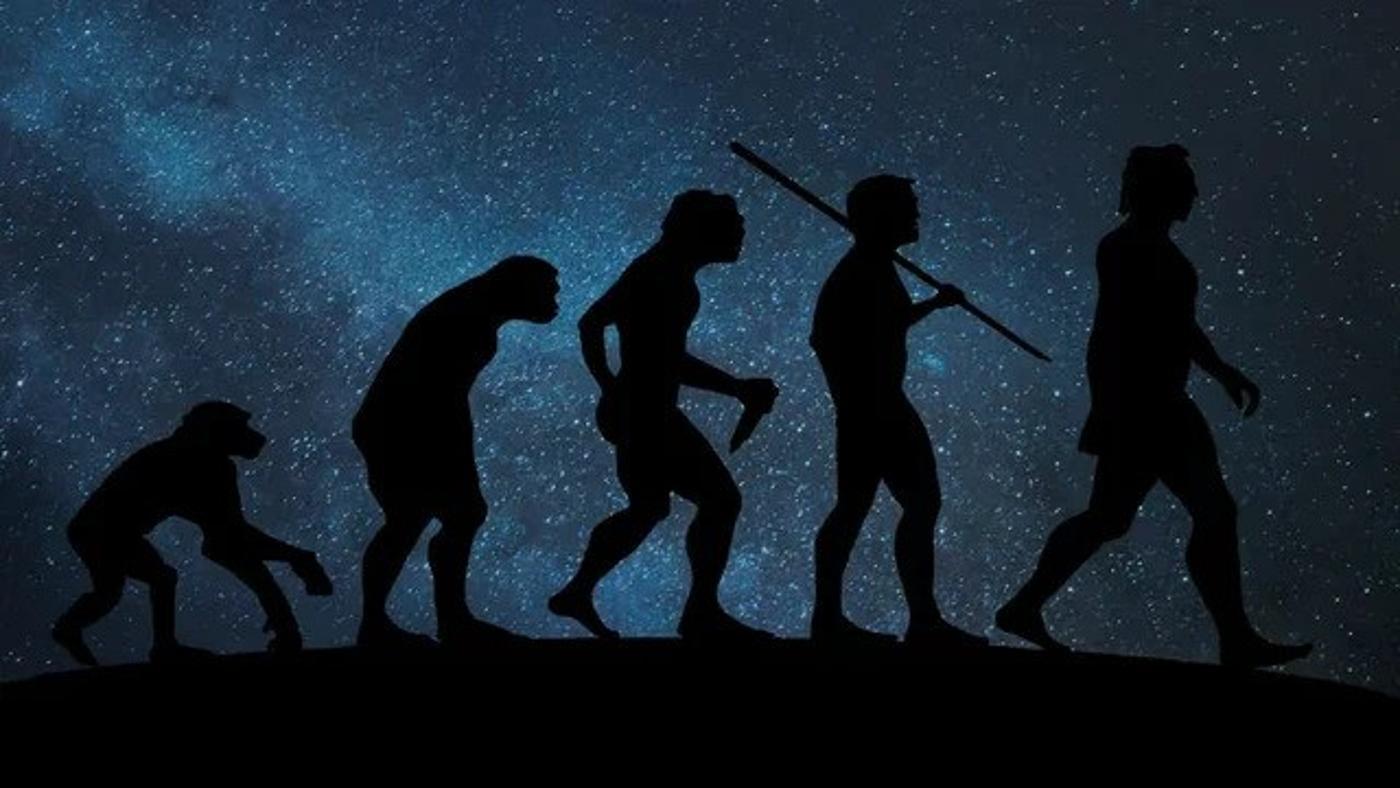
While the very first modern human didn’t walk the Earth until about 300,000 years ago, for millions of years before that fateful moment, our species was slowly but surely evolving from our ancient primate ancestors.
Although most experts agree that the true evolution of Homo sapiens began some six million years ago, there are a few pivotal moments that happened long before then.
The Evolution of the Tail
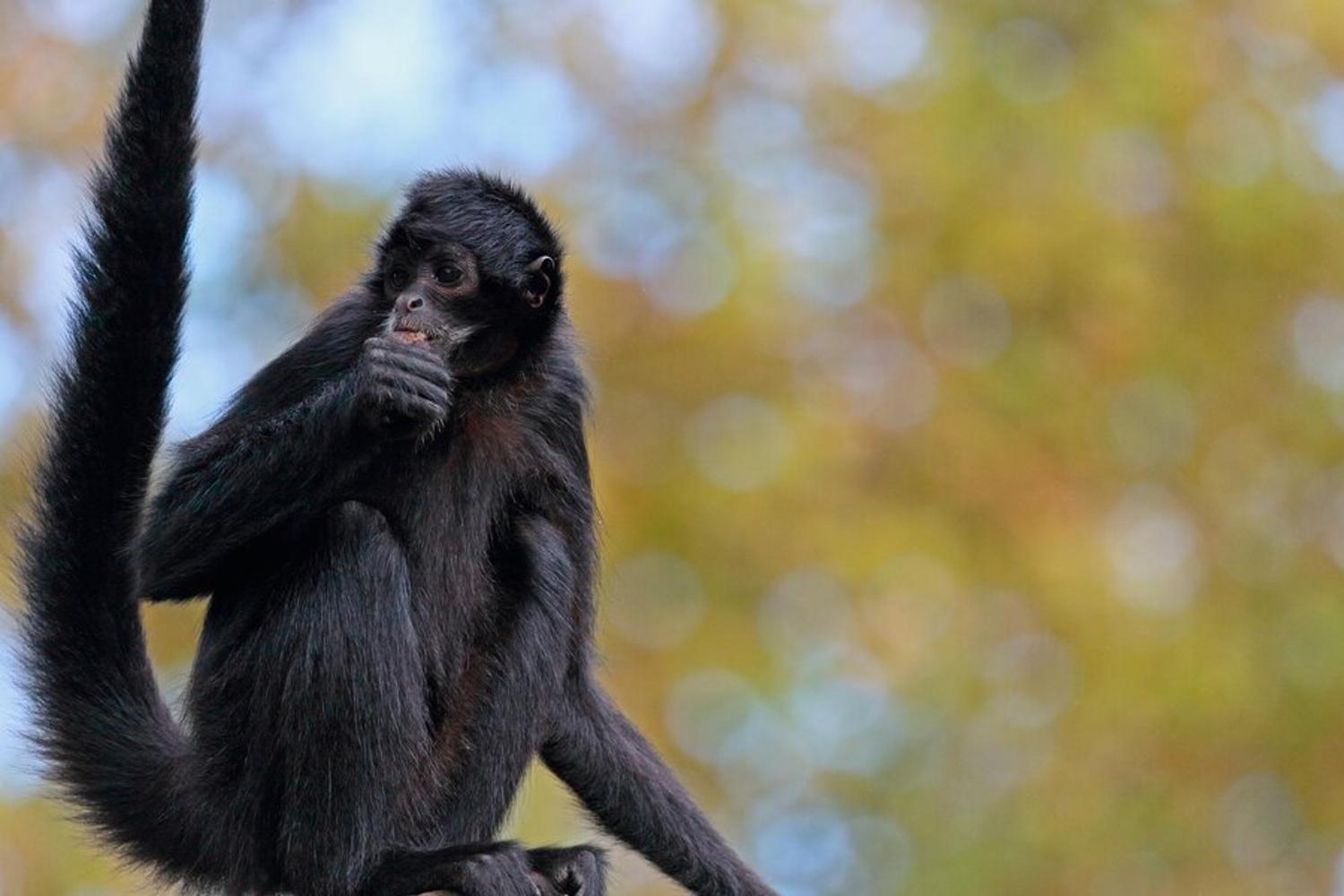
Researchers believe that humans’ earliest ancestors were a species of monkey that once had large, long tails, much as many monkeys today do. However, about 25 million years ago, that all changed.
The theory has always been that certain tree-dwelling monkeys lost their tails in order to improve their ability to walk upright. But it’s taken decades for scientists to understand why and even how this actually happened.
The Loss of the Tail Enabled Humans to Walk Upright

There are some who still believe that the loss of the tail is what eventually enabled humans to walk upright. However, others argue that this theory is speculative at best.
Some even say that a tail would have helped, not hindered in our ability to walk on two feet. These scientists believe that the loss of the tail wasn’t actually an evolutionary benefit, but a bizarre genetic mutation that happened by absolute chance.
Fetuses Still Develop Tails in Utero
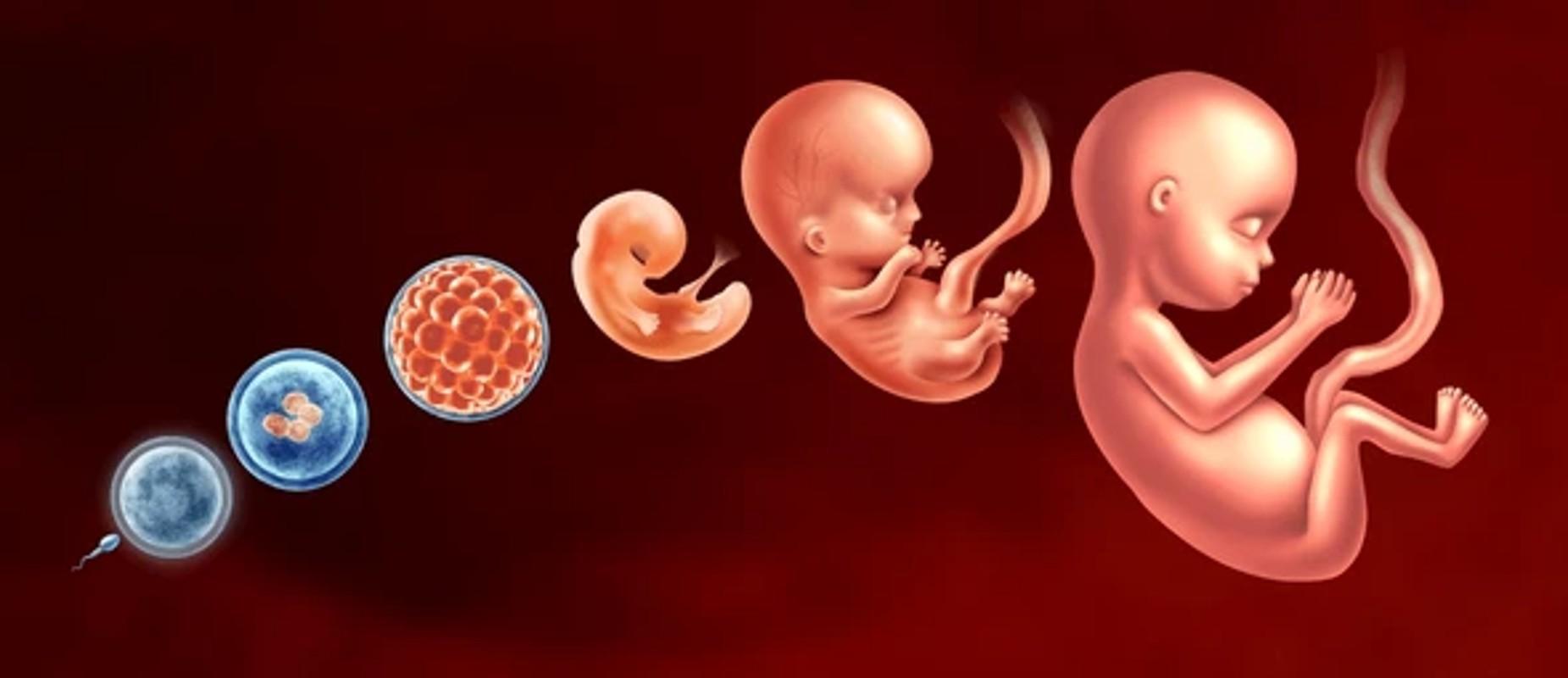
What’s especially interesting about the fact that human beings no longer have tails is that, for a brief moment of time in the womb, we actually do.
According to the National Institutes of Health, fetuses have vestigial tails from between the 5th and 7th weeks in utero. At that time, the human embryo has a small tail with 10 to 12 vertebrae, but by eight weeks, the tail is completely gone.
Humans Don’t Have Tails, But They Do Have Coccyges

It’s also important to note that, while the vast majority of humans are not born with tails, we all have a coccyx. Coccyges, often called tail bones, are the small, curved bones at the very base of the spine.
This tiny bone helps human bodies support their own weight and balance when standing and sitting down. However, it’s not actually necessary for survival; all the coccyx really is, is the remnant of our long lost tail.
25 Million Years Ago, the Gene TBTX Spontaneously Mutated

With all of this information in mind, scientists have spent decades trying to understand why we lost our ability to grow tails and how this specific genetic evolution occurred. Finally, after extensive research scientists now understand that the loss of the tail occurred when a specific gene, known as the TBXT spontaneously mutated.
They then hypothesized that this mutation was caused by what experts call a “jumping gene,” which is when part of the DNA sequence moves around the genome.
A “New Chapter in the Tale of Our Tail”
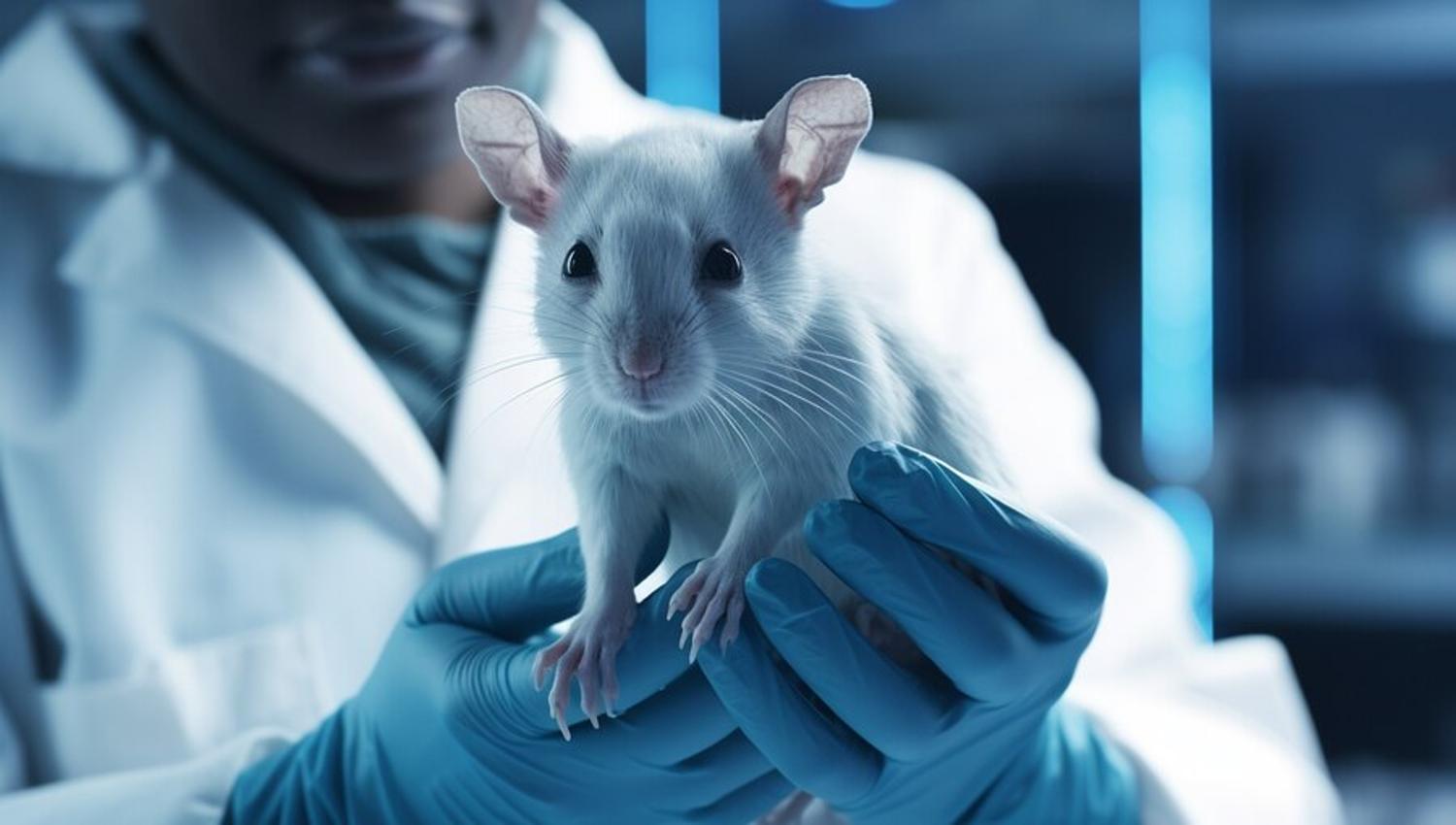
These researchers were also able to confirm this hypothesis by inserting the “jumping gene” sequences in mince in a lab. When they did so, some of the mice had shorter tails, whereas many had no tails at all.
As experts explained in an opinion piece in Nature Journal, this work is “deeply compelling”
and offers “a new chapter in the tale of our tail.”
Another Interesting Finding in the Lab Mice

In addition to finding that the gene sequence eliminated or shortened the tails of the mice, researchers also noted that several of the mice developed a defect in their neural tubes.
Neural tubes are responsible for the development of nerves in the spine and brain. And interestingly, these neural tube defects are also commonly found in human babies.
What Is Spina Bifida?
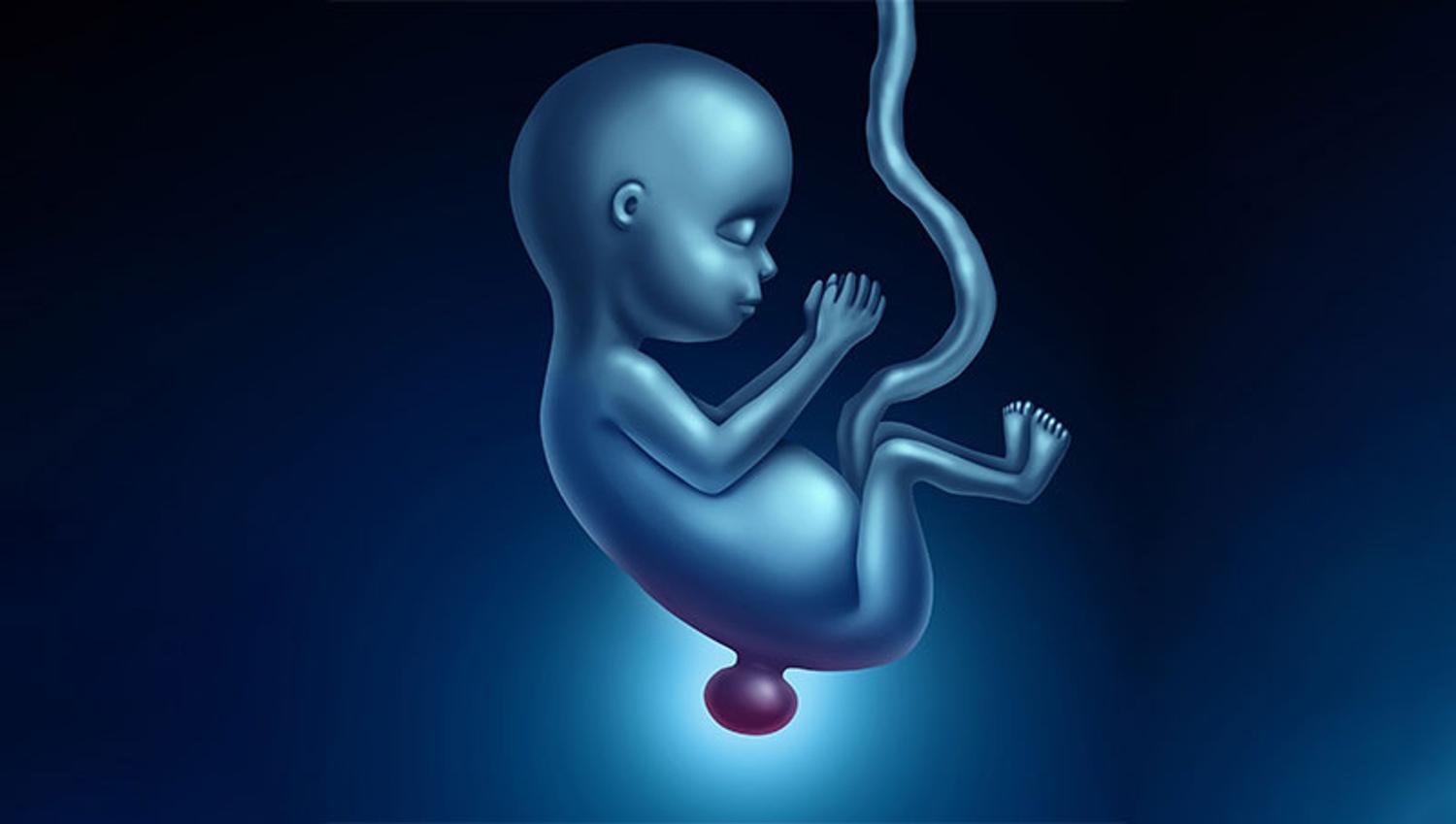
In humans, this defect is known as spina bifida, which is when the baby’s spinal cord doesn’t close completely.
Babies that develop spina bifida in the womb are born with exposed nerves that can lead to paralysis or incontinence, and sadly, it’s quite common, affecting one in every 2,000 births in the US alone.
We Paid a Price for the Loss of the Tail
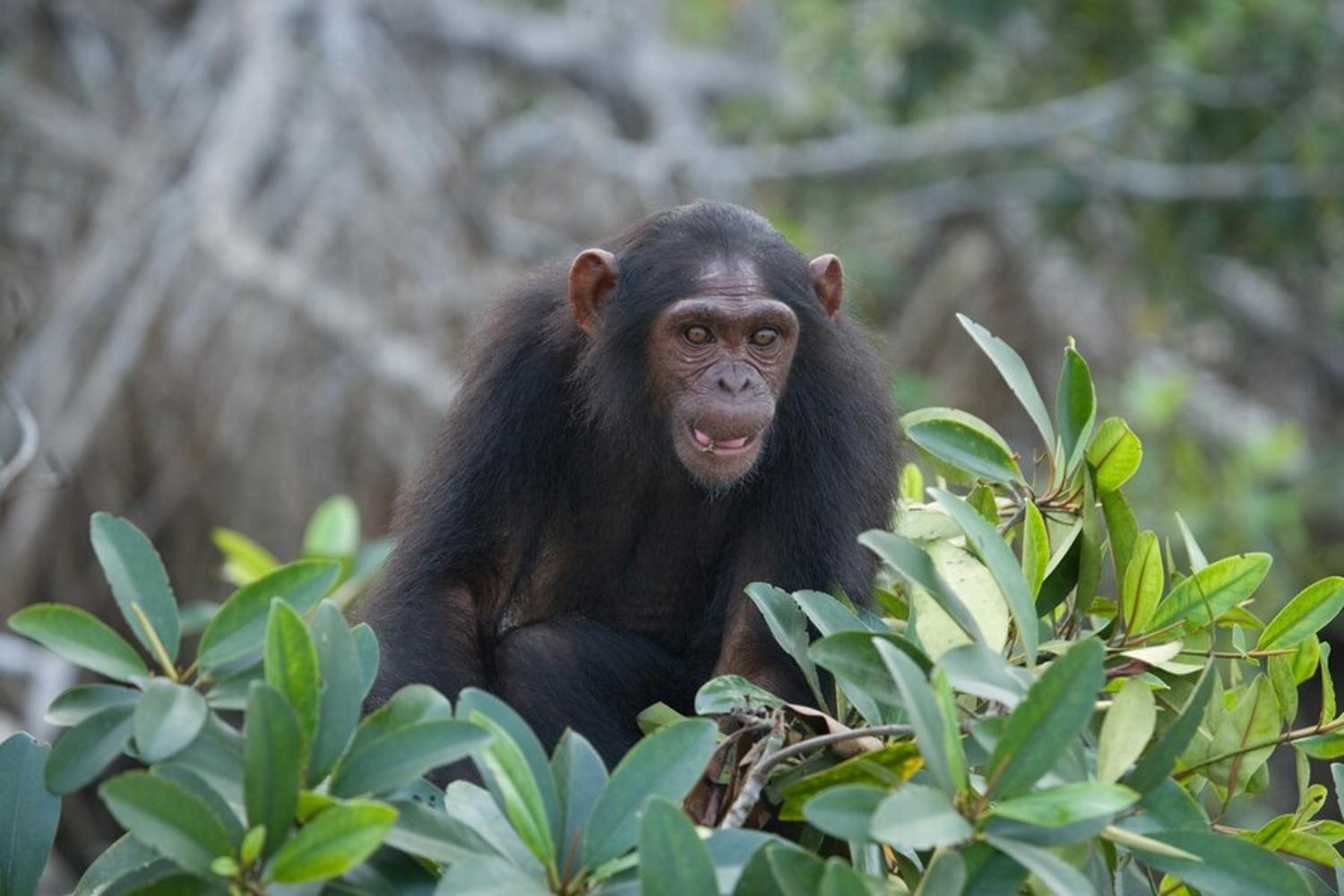
Even though there are still many who believe the loss of our tails was a positive evolutionary benefit, this study proves that it also came with some downsides.
Itai Yanai, a study author and graduate researcher at NYU Grossman School of Medicine, explained to Science magazine, “We apparently paid a cost for the loss of the tail, and we still feel the echoes.”
We Can Learn a Great Deal From Our Ancient Ancestors

Of course, the very first human ancestors to lose their tails were apes. So, while research has been conducted on mice in order to understand the gene mutation that brought us here, more intensive studies on apes could give scientists even more information on this somewhat confusing phenomenon.
There is certainly a lot we can learn about ourselves and our bodies through our ancient ancestors. In time, we may even be able to find out exactly why we lost our tails, and even more importantly, how to prevent neural tube defects that affect so many babies.








































